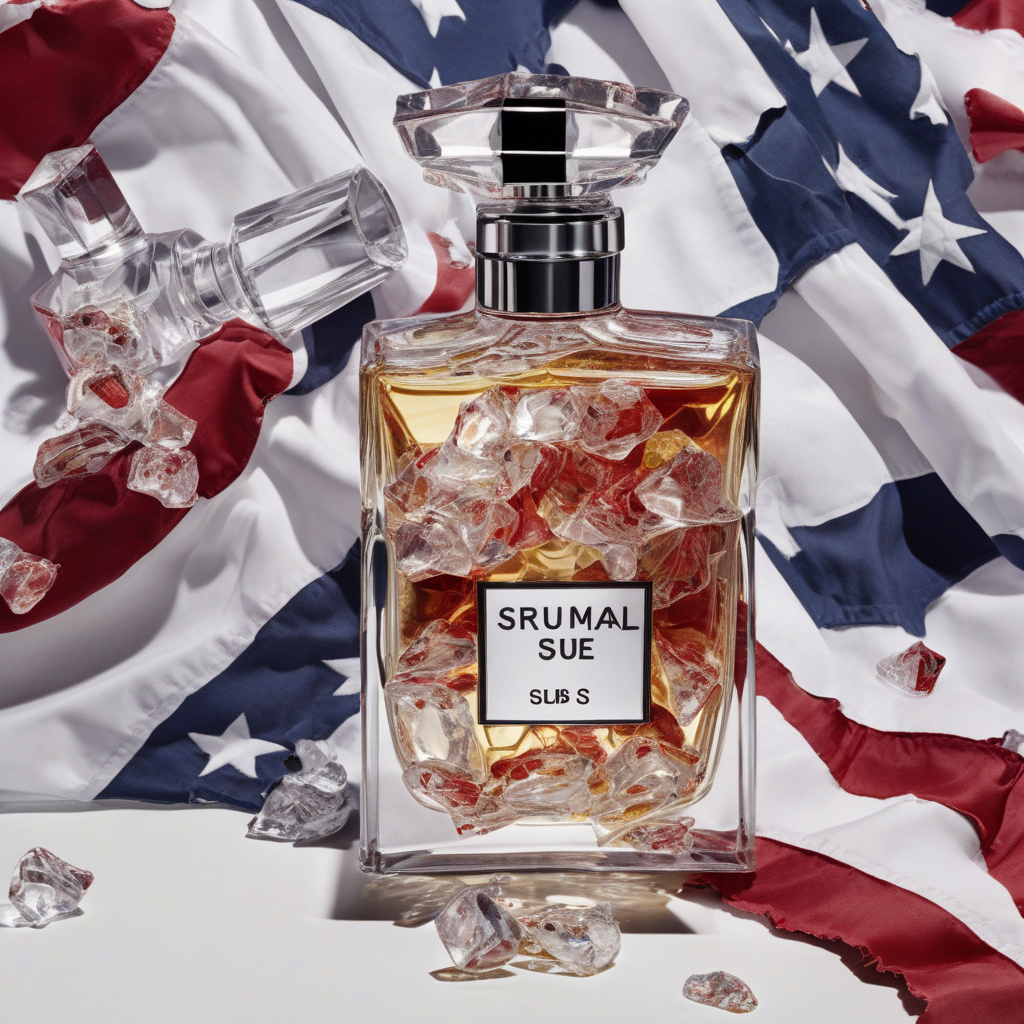Interparfums Sales Dip Due to US Challenges
Interparfums, the renowned fragrance manufacturer and distributor, is currently facing a challenging period as its sales in the United States experience a significant dip. The company, known for its extensive portfolio featuring iconic brands like Coach, Lacoste, and Roberto Cavalli perfumes, recently disclosed that its performance in the US market has been impacted by a series of adverse factors.
A perfect storm of macroeconomic headwinds has contributed to Interparfums’ sales decline in the US. Economic uncertainties and fluctuations can directly influence consumer spending behavior, thereby affecting the demand for luxury goods such as perfumes. In a market as competitive as the fragrance industry, any disruptions in the macroeconomic environment can have a notable impact on sales figures.
Moreover, the imposition of tariffs has further exacerbated Interparfums’ challenges in the US market. Tariffs on imported goods can increase production costs and retail prices, making it harder for companies to maintain their competitive edge. For Interparfums, these additional costs have likely put pressure on profit margins, making it more difficult to sustain previous levels of sales and revenue.
In addition to economic headwinds and tariffs, the discontinuation of Interparfums’ Dunhill license has also played a role in the decline of its US sales. The Dunhill brand, known for its sophisticated and timeless fragrances, was a significant contributor to Interparfums’ product lineup. With the discontinuation of this license, the company has lost a key revenue stream, impacting its overall sales performance in the US market.
Despite these challenges, Interparfums remains a prominent player in the global fragrance industry, with a diverse portfolio of brands that resonate with consumers worldwide. By leveraging its strengths in product innovation, marketing strategies, and distribution channels, the company can navigate through the current obstacles in the US market and emerge stronger in the long run.
Looking ahead, Interparfums may need to explore new growth opportunities and markets to offset the impact of its sales dip in the US. By diversifying its geographic presence, expanding into emerging markets, and investing in e-commerce capabilities, the company can mitigate the risks associated with relying heavily on any single market.
In conclusion, Interparfums’ sales dip in the US due to macroeconomic headwinds, tariffs, and the discontinuation of its Dunhill license underscores the challenges faced by even well-established players in the fragrance industry. By adopting a proactive and strategic approach to address these challenges, Interparfums can position itself for sustained growth and success in the ever-evolving global market landscape.
Interparfums, Sales, US Challenges, Fragrance Industry, Luxury Perfumes











